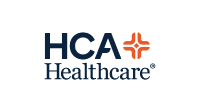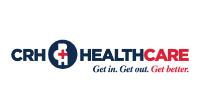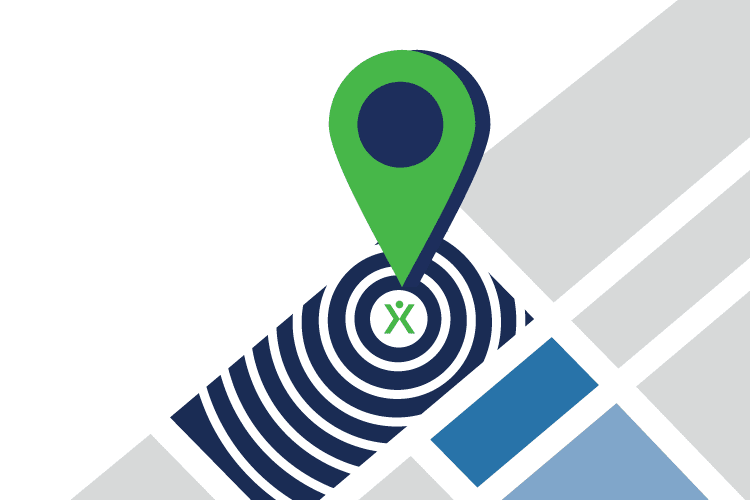
Urgent Care EMR Software & Practice Management Solutions Made Easy
Built for You. Built for Your Patients. Built for Urgent Care

Built for You. Built for Your Patients. Built for Urgent Care






Experity’s EMR system is designed to help you reduce door-to-door time and improve patient assessment without compromising the quality of care. Spend more time doing what you do best — caring for patients. With Experity’s urgent care EMR software, you’ll have the support of a solution that takes efficiency to a new level.
Pre-built, complaint-driven logic allows you to chart 80% of the most common urgent care center visits in < 60 seconds with fewer clicks
Real-time chart updates across multiple users reduces friction and improves efficiency so you can see more patients
Automated tasks and calculations reduce the risk of error
Actionable data guides decision-making and measures clinical, operational, and financial performance

Patients are the core of your business, and we know you want to serve as many as possible with the best care imaginable. But happy patients aren’t all it takes to run a successful urgent care business. Labor costs, collections, and rework are among the factors that impact your bottom line. And Experity has your back on all of it.
Imagine a world where charting is no longer a time-consuming task. With Experity, you can:
Your front desk is the first point of contact for patients. Experity’s practice management solutions can help.
Know immediately if patients are covered and create payment plans if needed
Make payment processing easier for you and your patients by saving a credit card on file during patient registration
Make billing easier for patients and improve your collection rate by sending automated balance-due text reminders

Before picking Experity, I researched a ton of EMRs. It came down to what Experity offers and how I have a team behind me. I am convinced, had I not used them from the beginning, I would not have seven urgent cares in five years.
Patient satisfaction hinges on wait times and the quality of care. With Experity, you can:

eBook
Replacing your EMR feels risky. Learn how implementation should be tailored to minimize disruption and support a smooth transition.

Billing can be complex, but Experity makes it easier:
On-demand clinics generate tons of data, but using it in meaningful ways is complicated. With Business Intelligence and reporting tools built into Experity’s EMR Practice Management Software, you can access, visualize, and act on your data in ways that set you up for success.
Dive deep into your clinical, operational, and financial data, accessed from anywhere
Customizable reports and data visualizations to help you gain true insight into the clinic
When you connect meaning to the numbers, you can make changes and maximize performance
Sign up for a demo to see for yourself how Experity’s EMR/PM can help you: